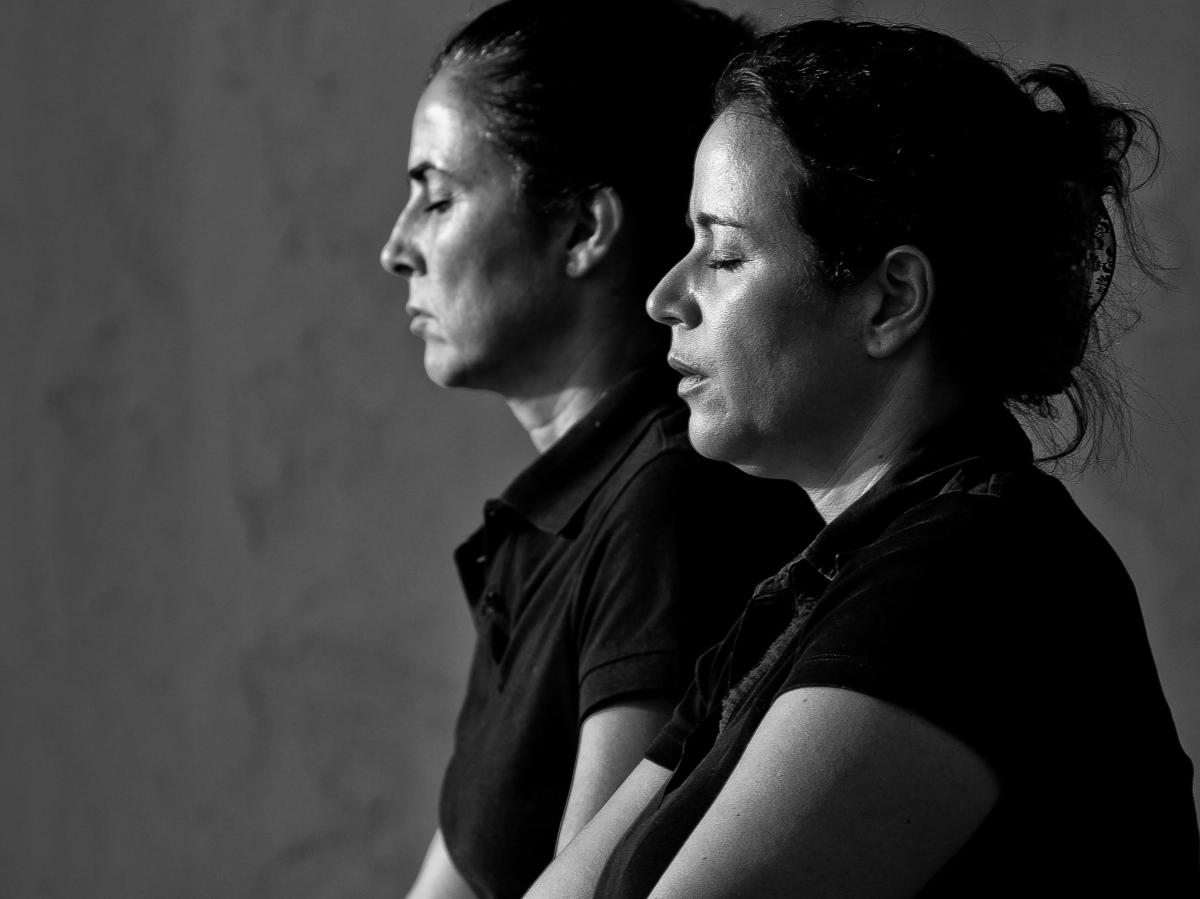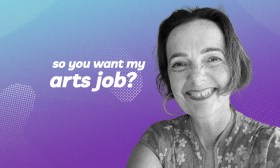Image: Hernán Piñera via Flickr
Use your imagination to jump forward in time – let’s say, for example, five years from now. Because it’s your imagination you can make some creative choices. Let’s choose that you’re successful: you’re making a living from your art, your organisation is thriving and you have fans, followers and customers who love you and what you create.
We know that positive words, often called ‘affirmations,’ don’t work alone and we’ve learned from creative visualisation that just ‘seeing’ the result is not enough either. You have to add emotion, and as many of the senses as possible to anchor this vision firmly in your subconscious.
Step 1: Imagine how your life will look, sound and feel when your are successful. What are you doing? Who’s there with you? How do you feel? What do you no longer tolerate? What exciting opportunities are now available to you?
Step 2: Persist! Spend a few minutes each day inside this vision, adding sounds, tastes, sensations – really step into this vision and make it feel it as if it were now. This vision is created in your conscious mind but when it’s connected to your senses and your emotions it becomes a whole-brain experience. It gives clear instructions to your sub-conscious to be on the lookout for all of the resources and relationships needed to achieve this vision. It’s like throwing a powerful magnet out ahead of you that draws you inextricably forward. The other benefit of this magnet is that it creates the opportunities to recognise cognitive dissonance. As you go about your daily life, when you make decisions and take actions that are in line with this vision, things feel good, appropriate, on track, in the flow and positive. When you make decisions and take actions that move you in a direction away from this vision, you have feelings of unrest, anxiety, disappointment, discontent and an overwhelming sense of ‘wrongness’.
Step 3: Now that we’ve got the subconscious mind working for you, let’s return to some things that the conscious mind can do – and this is something that artists do better than anyone else in business. It’s an improvisational exercise: Imagine that you’re being interviewed on ‘Sunrise’ – the network has reached out to you because of your phenomenal achievement and success. Turn on the voice recorder app on your phone and make up some answers to these questions as though it were a real, live interview for television.
Some questions might be:
- “What were the milestones in achieving the success you have?”
- “What were the three key partnerships that got you to where you are today?”
- “What’s the secret of your success?”
- “What advice would you give to other aspiring artists?”
The answers you give in this improvisation will help you build an action plan of the things you need to do to realise the vision in step 1. This ‘Reverse scenario engineering’ is the process that we have been using here at the Incubator with artists for the past eight years. It’s something that only artists can do well. If you were to look at your situation today and the ultimate result you want to achieve in your vision, it would be very hard to put together a plan going forward in time to get there. All of the obstacles, hurdles and challenges fly up immediately. When you do reverse engineering scenario planning, you jump forward in your imagination past all those obstacles, hurdles and challenges.
Step 4: Transcribe your recording and find those key decisions, key partnerships and milestones that feel right in achieving your vision. Put them on a piece of paper, whether you draw a map or make a list. You can take each one of the items listed and repeat steps 1 and 2.
Your sub-conscious mind is an incredibly powerful resource. It wants you to succeed. The biggest waste of your subconscious mind is to make it worry about the future and regret the past. Learn how to use this amazing, creative resource to create the future that you want instead of resigning yourself to your fate.


_Encounters-in-Reflection_Gallery3BPhoto-by-Anpis-Wang-e1745414770771.jpg?w=280)


